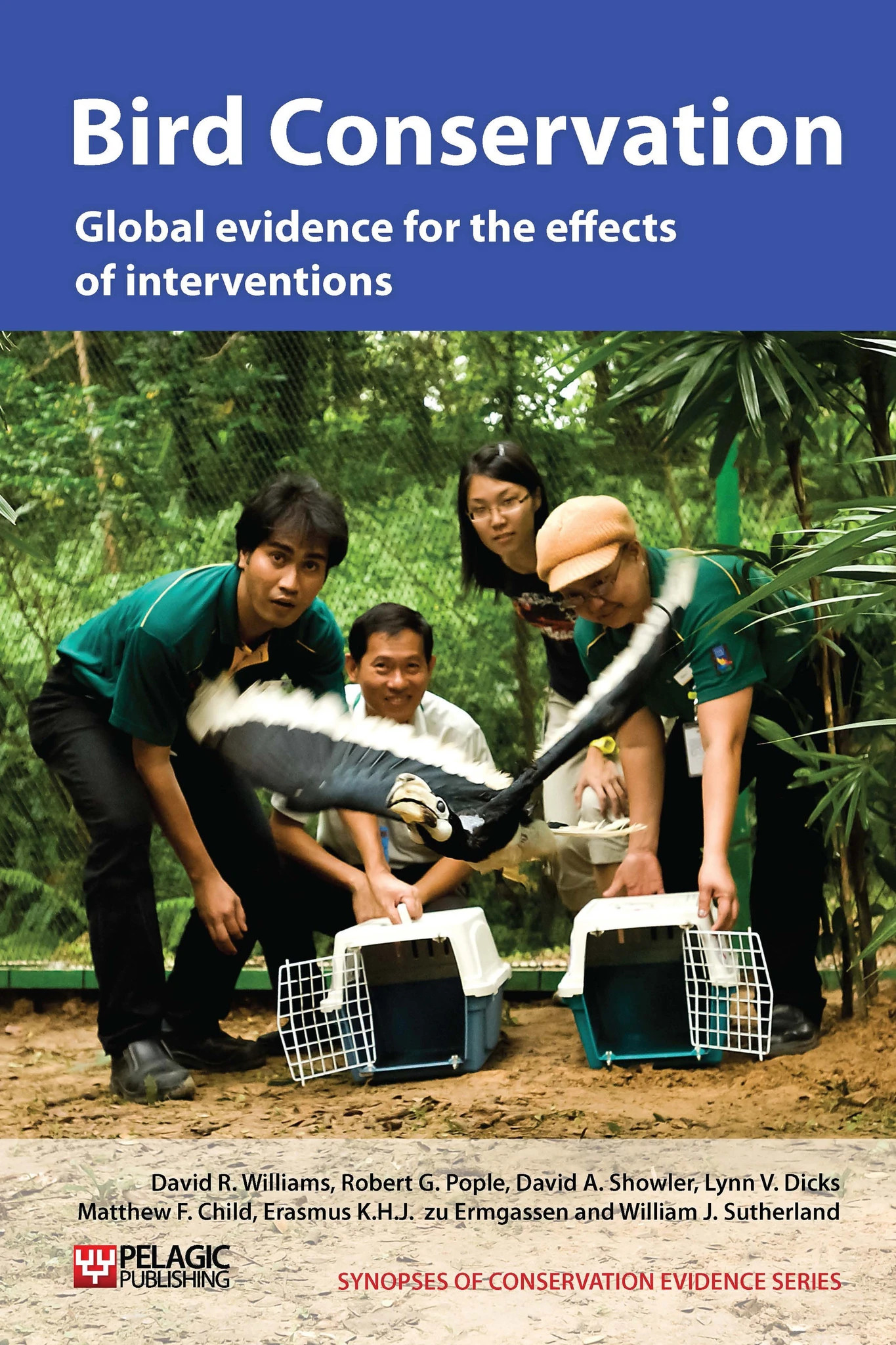Alter habitat to encourage birds to leave an area
-
Overall effectiveness category Unknown effectiveness (limited evidence)
-
Number of studies: 1
View assessment score
Hide assessment score
How is the evidence assessed?
-
Effectiveness
20% -
Certainty
10% -
Harms
0%
Study locations
Supporting evidence from individual studies
A before-and-after study on two small islands in the Columbia River Estuary, Oregon, USA (Roby et al. 2002), found that an entire Caspian tern Sterna caspia colony (approximately 8,900 pairs) relocated from Rice Island to East Sand Island between 1999 and 2001, following habitat alteration on Rice Island. Wheat Triticum aestivum was planted and silt fencing erected to encourage vegetation growth, whilst suitable habitat was prepared on East Sand Island (see ‘Habitat creation – intertidal habitats’) along with several other interventions (see ‘Use decoys to attract birds to new nesting areas’, ‘Use vocalisations to attract birds to new nesting areas’ and ‘Control avian predators on islands’). The impact on conflict reduction (the purpose of the translocation) is discussed in ‘Move fish-eating birds to reduce conflict with fishermen’.
Study and other actions tested
Where has this evidence come from?
List of journals searched by synopsis
All the journals searched for all synopses
This Action forms part of the Action Synopsis:
Bird Conservation
Bird Conservation - Published 2013
Bird Synopsis





)_2023.JPG)














